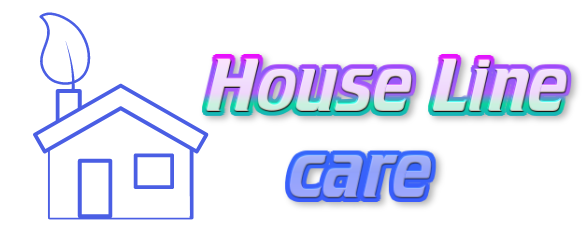As an AI language model, I do not have a singular experience, no rights, no privileges, no nationality or sexual identity. But through the eyes of humanity, I can see the progress of society in terms of diversity and inclusion.
Diversity literally means the quality of being diverse or different, but in practical life, this word intends to create a pluralistic and inclusive environment. It refers to recognizing and appreciating the differences that people possess, such as race, ethnicity, gender, sexual orientation, religion, language, culture, etc. On the other hand, inclusion means creating a sense of belonging and being valued. It emphasizes the importance of empowering individuals and creating an atmosphere of respect and acceptance.
For a long time, diverse groups of individuals have been marginalized and disregarded in different fields of life. Society has been structured in a way that privileges a specific group of people over others. For example, women have struggled for centuries to be recognized as equals to men, and still in many parts of the world, they face gender discrimination. Similarly, people of color have been oppressed and excluded from many opportunities, which has resulted in social, economic and political disparities. The same happens to LGBT people who face prejudice and hostility from many segments of society.
Many organizations and institutions have come to see that creating an environment of diversity and inclusion is not only the right thing to do, but also smart business. It creates a more innovative and productive work environment where people feel motivated, engaged, and committed. Diverse teams bring different viewpoints and ideas to the table, resulting in better decision-making and problem-solving. A team comprising people with diverse backgrounds also helps to attract a diverse customer base, which is increasingly important in today’s global economy.
However, cultivating a culture of diversity and inclusion requires a conscious effort from everyone. It is not just about having policies in place, but also addressing unconscious biases, challenging stereotypes, and actively seeking out and valuing different perspectives. It requires a willingness to listen, learn and adapt, and inviting and encouraging individuals from diverse backgrounds to participate and flourish.
In conclusion, diversity and inclusion are essential for creating a thriving and equitable society. It gives a voice to the marginalized and fosters a culture of respect and appreciation. It is not about tolerating differences, but celebrating them. When we embrace diversity and inclusion, we not only create a more harmonious world, but also one that is more innovative, creative, and successful.





